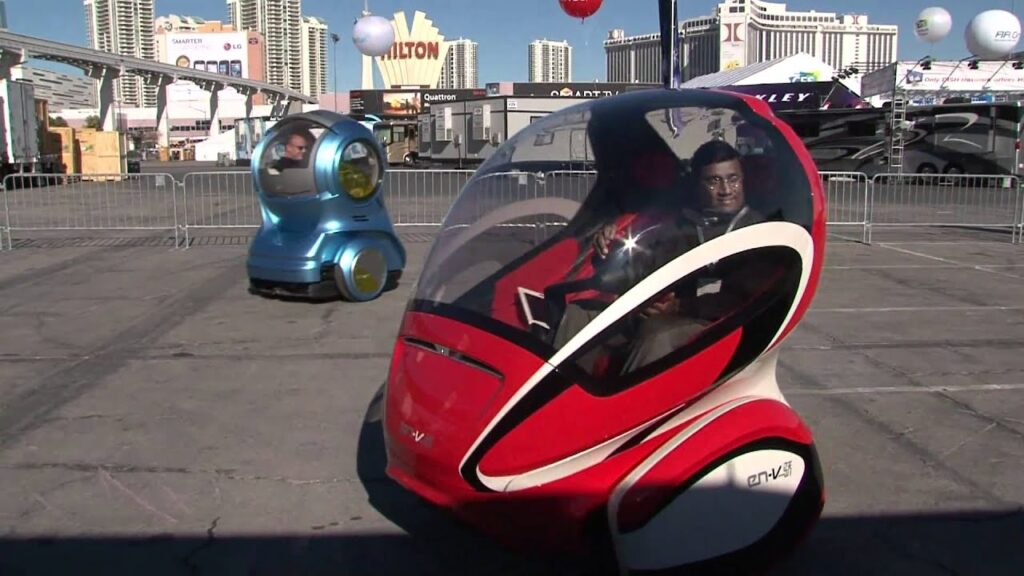Studying Praying Mantises’ 3D Vision: Implications for Robotics
Summary
In this article, we explore the research conducted by Newcastle University on the 3D vision of praying mantises. The researchers have been studying these insects for the past six years, strapping tiny 3D glasses onto them to understand how their vision works and how it can be applied to robots. The researchers found that mantises’ stereo vision is based entirely on motion and changing images, unlike humans who rely on static images. This research has potential applications in robotics, particularly in using the idea of working with change and incorporating it into robotic applications.
Table of Contents
- How Researchers Studied Mantises’ 3D Vision
- Mantises’ Stereo Vision vs. Humans
- Potential Applications in Robotics
How Researchers Studied Mantises’ 3D Vision
Researchers at Newcastle University have been studying the 3D vision of praying mantises for the past six years. They wanted to find out how these tiny insect brains achieve stereoscopic vision and whether they do it in the same way as humans or if they have evolved a completely different way. To present 3D images to the insects, the researchers used colored filters to ensure each eye of the insect sees only the appropriate channel. They also used a harmless form of glue made out of beeswax and resin to attach the glasses to the insect.
Mantises’ Stereo Vision vs. Humans
The researchers found that mantises’ stereo vision is based entirely on motion and changing images and not on static images like humans. The researchers used black and white patterns of dots to manipulate the correlation between the left and right eye images. The mantis insect brain has neurons that are tuned to positions in 3D space, which tell the animal where objects are located around it. These neurons are similar to those found in humans at the neural level. However, the computations in humans are done on the pattern of light and dark in the two eyes, while in mantises, they are done on the pattern of change.
Potential Applications in Robotics
This research has potential applications in robotics, particularly in using the idea of working with change and incorporating it into robotic applications. For example, a drone that wants to pick up an object at a particular distance could use the same principles as mantises to calculate the distance and position of the object. The speaker’s postdoc, Ronnie Rosne, is studying the neurobiology of mantises’ vision by recording activity from individual nerve cells in their brain while they watch 3D displays. This research could help in developing more advanced and efficient robotic systems in the future.
Conclusion
In conclusion, the research conducted by Newcastle University on the 3D vision of praying mantises has shed light on how these insects achieve stereoscopic vision and how it can be applied to robotics. The researchers found that mantises’ 3D vision is based entirely on motion and changing images and not on static images like humans. This research has potential applications in robotics, particularly in using the idea of working with change and incorporating it into robotic applications.







